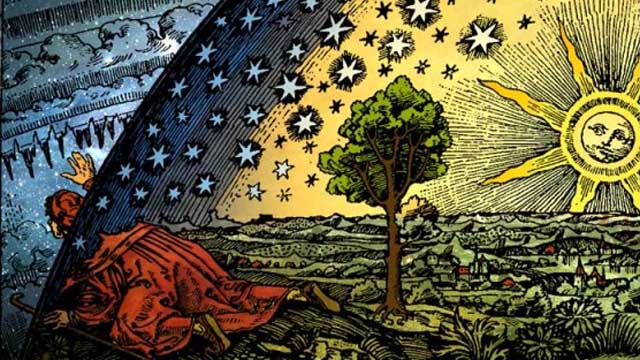
I decided that instead of blogging on just one topic in astronomy, I'd blog about ten of them! Here are some of the astronomy fun facts from my archive that struck my fancy today, randomly chosen and in no particular order:
1. In the city we can see maybe a few dozen stars on a "dark” night—still, there are about 2000 stars overhead that are within our eye's ability to see, if only the skies were darker! The total number of individual stars perceptible by the human eye, in all directions in space, is around 6000, give or take depending on how good your eyesight and night vision are.
2. In terms of size, the Earth is over 6 million times larger than a human being; compared to a typical atom, a human is over 20 billion times larger! Our personal scale in the universe is a lot closer that of even the vast Earth we live on than to the atoms that make us!
3. The largest known star, the red supergiant NML Cygni, is approximately 1650 times the diameter of our sun, or over 1.4 billion miles across! Placed where our sun is, this star would swallow up all the planets closer to the sun than Saturn—and Saturn itself would practically skim the star's surface!
4. In about 5 billion years a day on Earth will be 48 hours long and the sun will start to run out of fuel. So, yes, we live on a planet orbiting a star, both of which are slowly winding down.